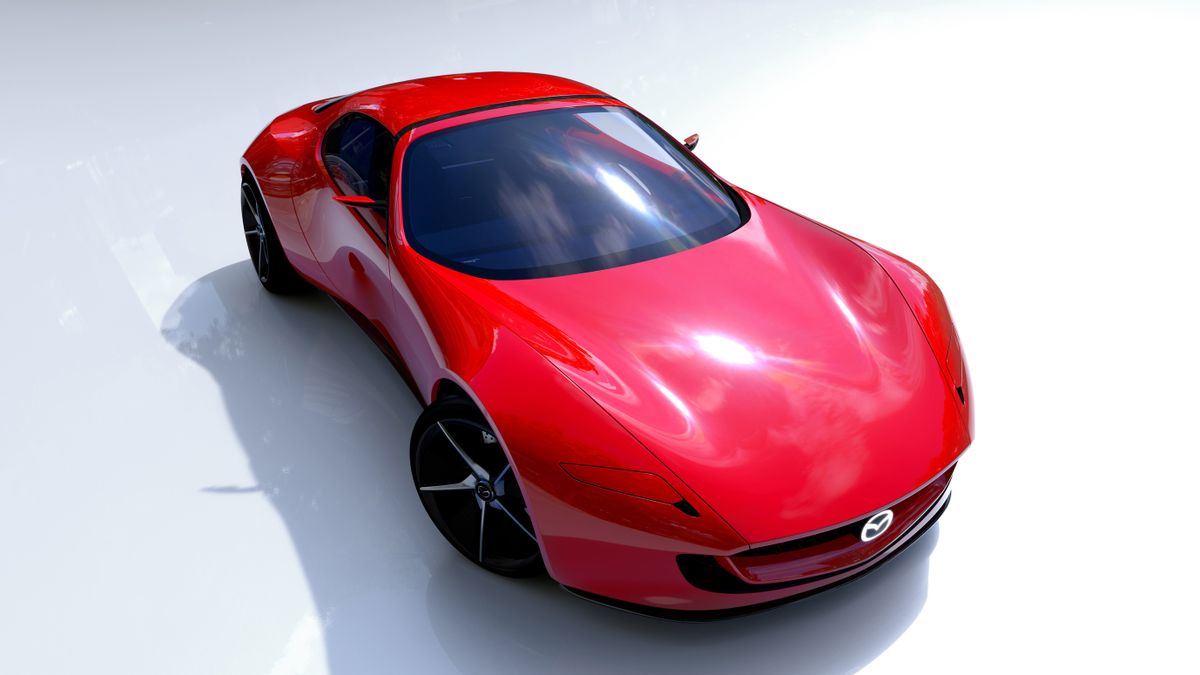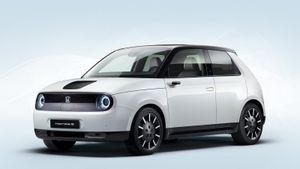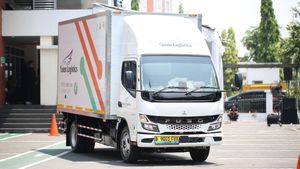JAKARTA - Mazda remains committed to delivering more Battery Electric Vehicle (BEV) vehicles in the global market, although it is not ready to switch entirely to electric vehicles (EVs) following strong demand for internal combustion engines (ICEs).
The factory from Hiroshima, Japan, known for its sale of Mazda MX-30, a pure BEV whose production has been stopped in the US after 2023, confirms its interest in staying in the EV segment. Despite the decline in production of MX-30 in the US, Mazda has no intention of reducing its steps in developing electric vehicles.
Masahiro Moro, CEO of Mazda, stated his plan to introduce seven or eight BEVs by 2030. Mazda's target is that the electric vehicle segment can account for 25-40 percent of total global sales. Even though this target is considered less aggressive than some competitors, Mazda remains optimistic.
"In today's market, electrification, especially battery electric vehicles, is not growing too fast. So, we may start a little later in terms of upgrades," Moro said as quoted by Automotive News, Monday, December 11.
Moro added that the period between now and 2030 is the initial phase of electrification faced with a number of challenges. However, Mazda remains flexible in adapting to the needs and desires of consumers who are currently looking for alternative solutions other than BEV.
SEE ALSO:
In an effort to develop electric vehicles, Mazda will likely rely on Toyota to minimize the investment required for EVs. The strategic partnership between the two companies has resulted in cooperation in model development and technology.
The electronic and automotive software system developed with Toyota will be used on Mazda electric vehicles starting around 2026. Moro explained that this collaboration allows Mazda to save up to 80 percent of the total investment costs to be spent if it runs the project independently.
"In the past, maybe we thought of this as a competitive area. But now, this is a collaborative field," Moro added.
As is known, Toyota owns five percent of the shares in Mazda, and the two have collaborated in model and technology development. This collaboration includes the Mazda3 Hybrid model that uses technology derived from Toyota.
The English, Chinese, Japanese, Arabic, and French versions are automatically generated by the AI. So there may still be inaccuracies in translating, please always see Indonesian as our main language. (system supported by DigitalSiber.id)













